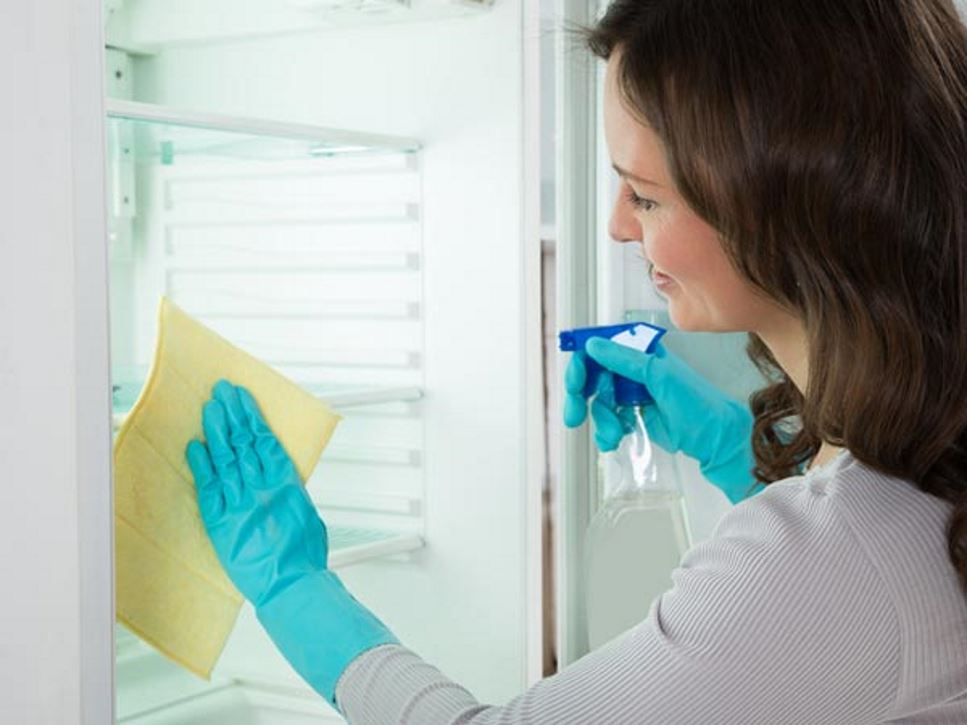Each year millions of people become sick from pathogenic parasites, bacteria, chemicals or toxins from contaminated food or water. These can cause more than 200 diseases, ranging from diarrhea to cancer. Children, seniors, pregnant women and people with lowered immunity are at greatest risk of getting sick.
Being knowledgeable about safe food preparation lowers your risk of food poisoning and can help keep you healthy. Here are five things you can do to make sure your food is safe.
Keep it Clean
Wash hands before any food prep and again after handling raw meat or poultry, after touching your face or hair and after sneezing, coughing or using the bathroom. Blenders, rubber spatulas, can openers and reusable containers can all harbor pathogens in their nooks and crannies. Thoroughly dismantle and clean each piece and then allow to dry completely. You might also consider swapping your kitchen sponge for a washcloth that can be laundered regularly. And while no one loves cleaning out the fridge, you should give your fridge a deep clean every few weeks. Not only does this remove potentially hazardous residue from raw meat or poultry or soil from vegetables, but it also prevents keeping spoiled leftovers that can make you sick.
Separate Raw and Cooked Food
Put ready-to-eat foods at the top of the fridge. Raw meat and poultry should be placed at the bottom of the fridge where the risk of bacteria-laden juices dripping onto other foods are minimized. Store food in containers or wrapped with plastic to prevent cross contamination, and label and date foods to keep track of their freshness.
Cook Thoroughly
The best tool for food safety is an accurate thermometer. Color is not a reliable indicator of adequate cooking: hamburgers can turn brown before they've been cooked to a safe internal temperature. To assess the temperature, insert thermometers into the thickest part of the meat and avoid bones and the bottom of the pan as this will give a false temperature reading. Clean the thermometer between uses with an alcohol swab. And always reheat leftovers until they're piping hot.
Keep Food at Safe Temperatures
When grocery shopping, pick out your cold and frozen foods last. If shopping on a hot day, keep food in a cooler for the ride home. When it's time to thaw frozen foods, do so in the fridge, not on the counter. Keep hot foods piping hot until serving and keep cold foods very cold. Foods that are lukewarm may be in the temperature "danger zone," the temperature range at which microbes can multiply very quickly.
Use Safe Water and Raw Materials
Have you ever thought about what might be lingering in your water filters? Clean coffee makers, refrigerator water dispensers and water filters with a 50-50 water and white vinegar solution to avoid mold buildup. When it comes to raw foods, purchase from reliable vendors and wash fruits and vegetables prior to chopping and eating.
Food safety is important for all of us. If ever you are not certain that a food is safe, don't eat it! Remember: If in doubt, throw it out.
References
Find a Nutrition Expert
Looking for credible nutrition information and recommendations? The Academy of Nutrition and Dietetics' network of credentialed food and nutrition practitioners are ready to help!

